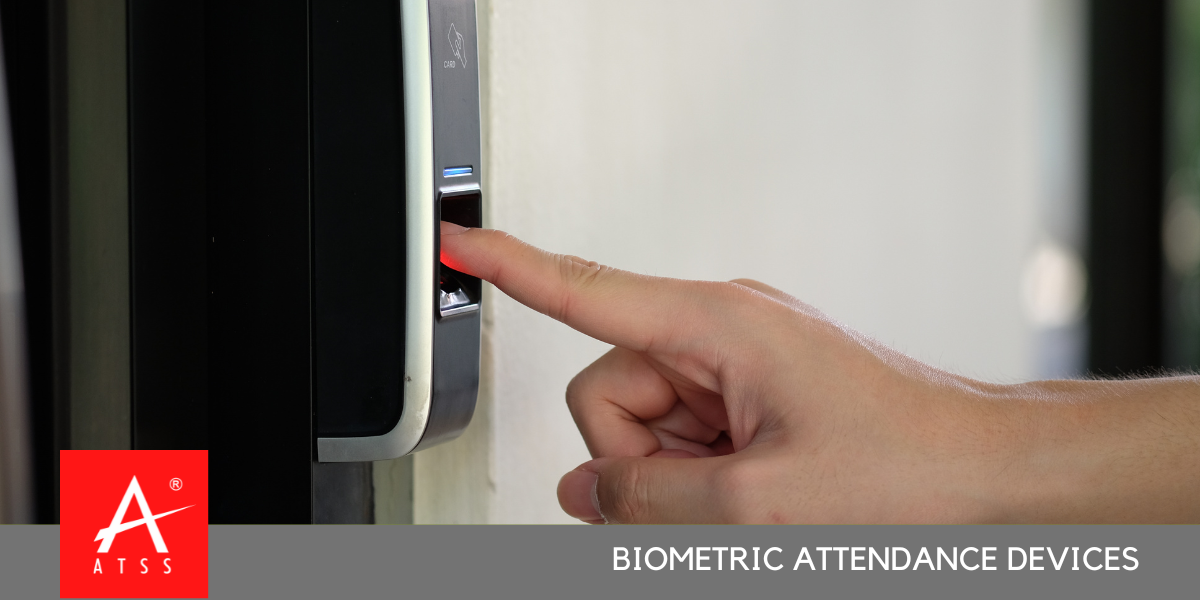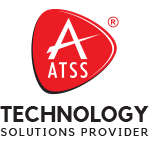
Biometric Attendance Devices
Revolutionizing Workforce Management: The Rise of Biometric Attendance Devices
Introduction
In today’s fast-paced world, managing employee attendance is a critical task for organizations of all sizes. Traditional methods such as manual time sheets or swipe cards are prone to errors and time theft. However, with advancements in technology, a new era of attendance tracking has emerged, powered by biometric devices. In this article, we will explore the growing trend of biometric attendance systems and the benefits they offer in streamlining workforce management.
The Evolution of Attendance Tracking
Gone are the days when employees would scribble their names on paper attendance sheets or swipe their cards at the entrance. These traditional methods are not only time-consuming but also susceptible to fraud and buddy punching. As organizations strive for accurate attendance records, biometric devices have become increasingly popular.
Understanding Biometric Attendances
Biometric attendances system leverage unique physical or behavioral attributes of individuals, such as fingerprints, facial recognition, or iris scans, to verify their identity and record attendance. By using biometric identifiers, these systems offer a high level of accuracy, ensuring that only authorized employees can mark their attendance.
Enhanced Accuracy and Security
One of the key advantages of biometric attendance devices is their ability to provide accurate and reliable attendance data. Unlike traditional methods, which can be manipulated, biometric devices leave no room for errors or time theft. Each employee’s unique biometric information serves as their digital signature, eliminating the possibility of proxy attendance or fraudulent activities.
Moreover, biometric attendance systems offer an added layer of security. By requiring a physical or behavioral trait for verification, organizations can ensure that only authorized personnel can access restricted areas, further enhancing overall workplace security.
Convenience and Time Efficiency
Biometric attendance devices offer unparalleled convenience for employees and employers alike. Employees no longer need to carry ID cards or remember PINs or passwords. With a simple scan of their biometric feature, such as a fingerprint or face, they can swiftly mark their attendances, reducing the time spent on manual processes.
For employers, biometric systems automate the attendance tracking process. This saves valuable time for HR personnel, who can now focus on more strategic tasks instead of wasting hours on manual data entry or resolving attendance discrepancies.
Integration and Scalability
Biometric attendance systems are highly versatile and can seamlessly integrate with existing HR and payroll software. This integration enables real-time tracking and generates accurate reports, simplifying payroll management and reducing administrative overhead.
Furthermore, biometric attendances devices are scalable, making them suitable for organizations of any size. Whether it’s a small business or a multinational corporation, biometric systems can efficiently handle attendance tracking requirements, accommodating both current and future workforce needs.
Conclusion
In today’s digital era, biometric attendances systems have emerged as a game-changer in workforce management. By leveraging unique physical or behavioral traits, these devices provide unparalleled accuracy, security, and convenience. The integration of biometric attendances system with existing software streamlines HR processes, reduces errors, and enhances overall productivity. As this technology continues to evolve, we can expect even more advanced features and functionalities to further revolutionize the way organizations manage employee attendance. Embracing biometric attendance devices is a crucial step towards achieving a modern, efficient, and secure workforce management system.

